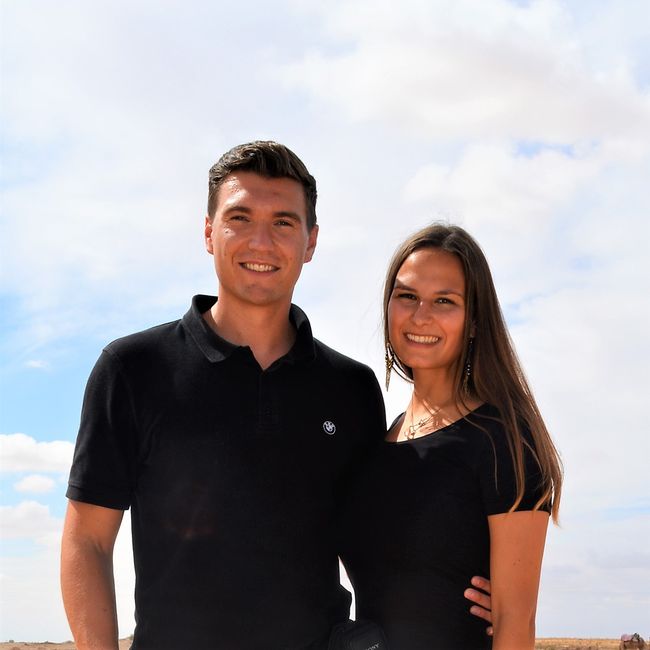Yangon - Our second culture shock?
Közzétett: 10.07.2019
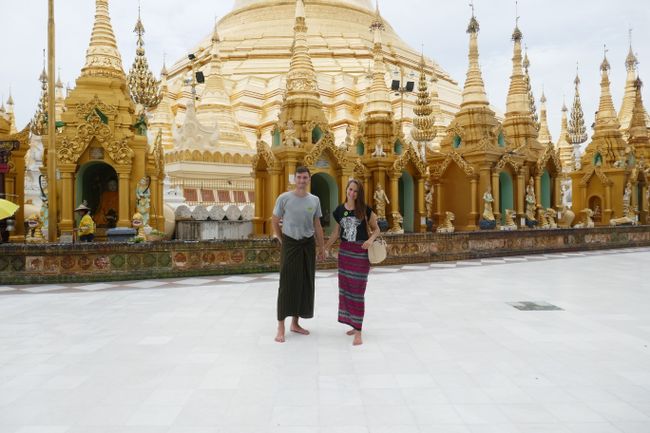
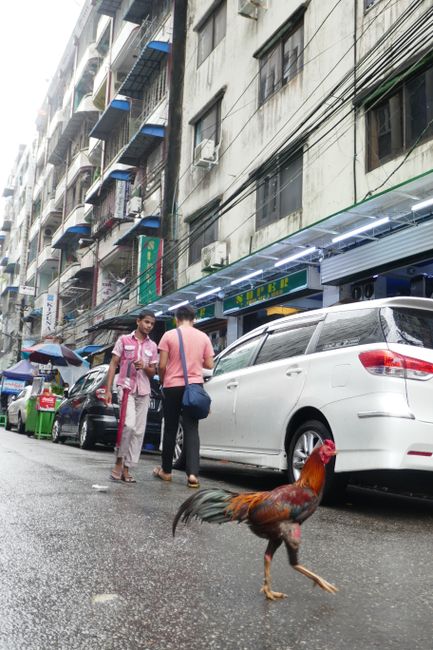
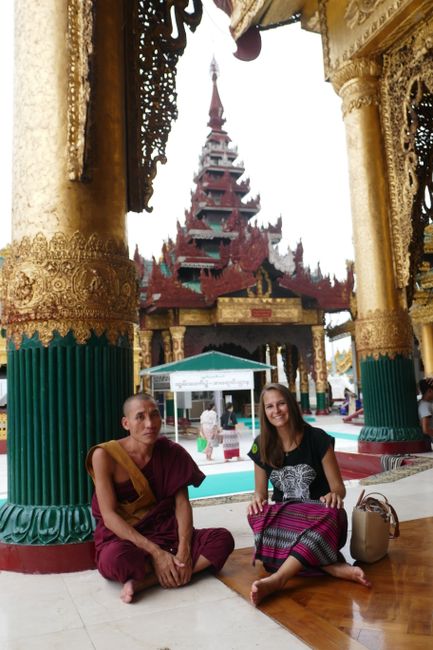
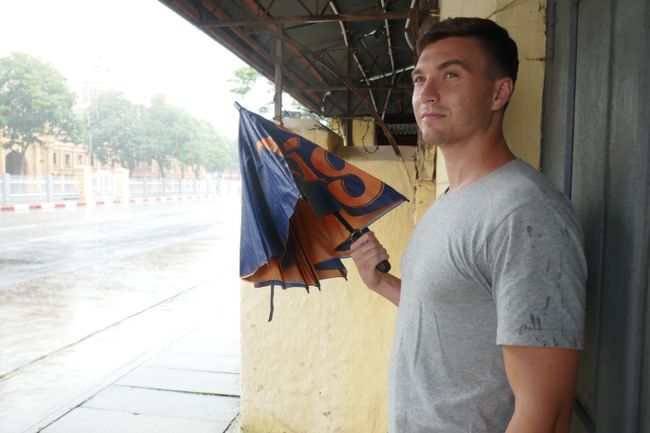
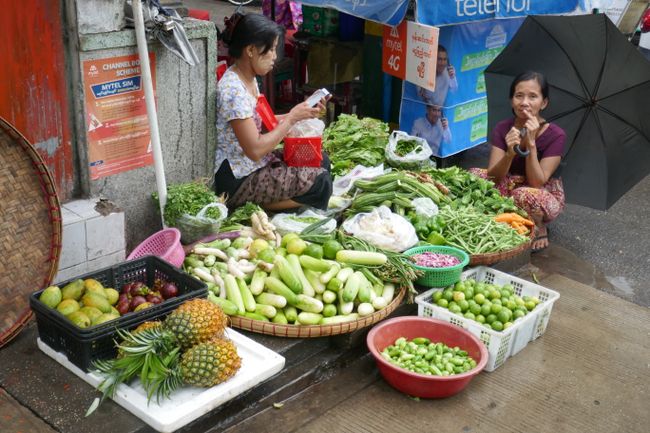
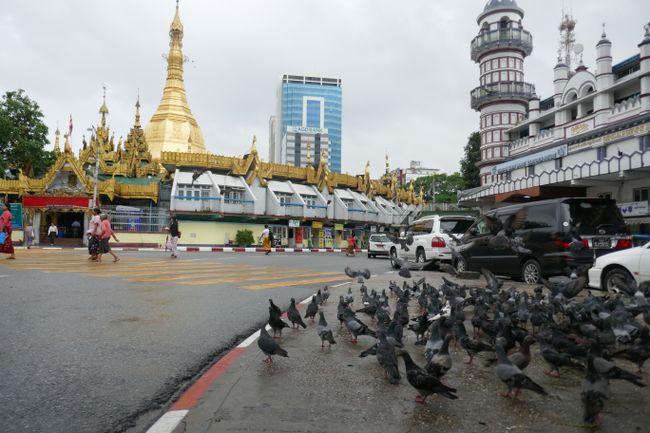
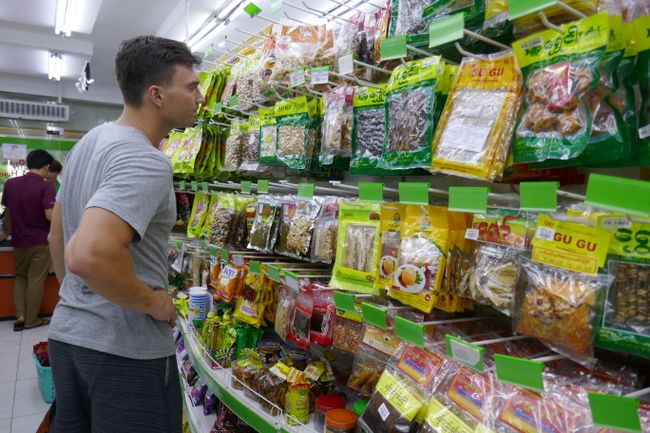
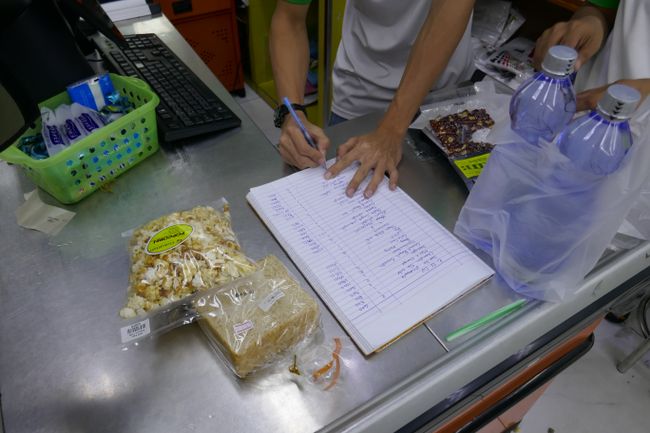
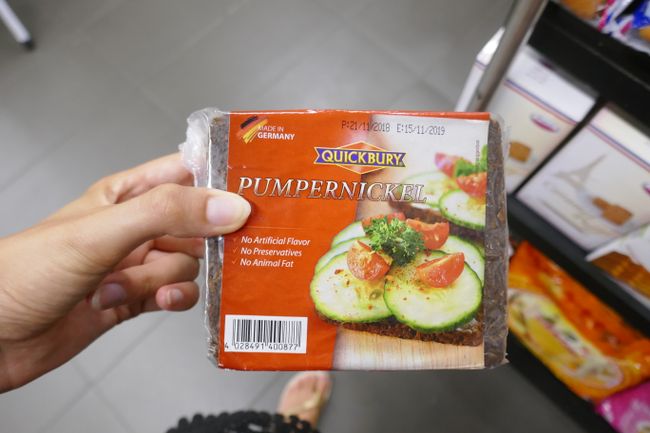
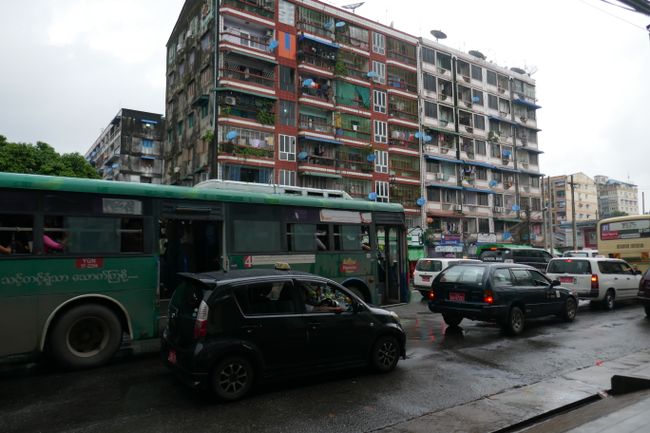
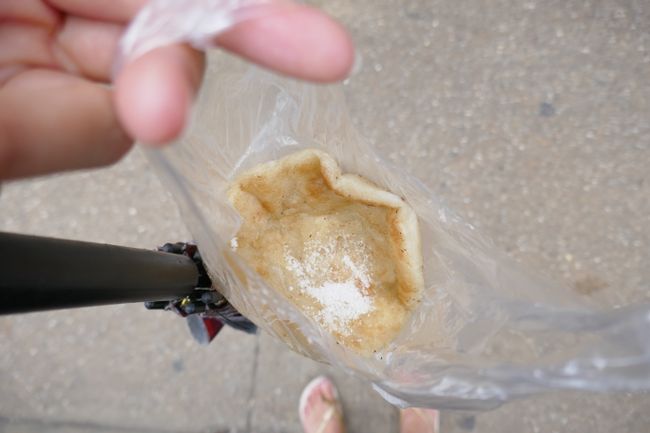
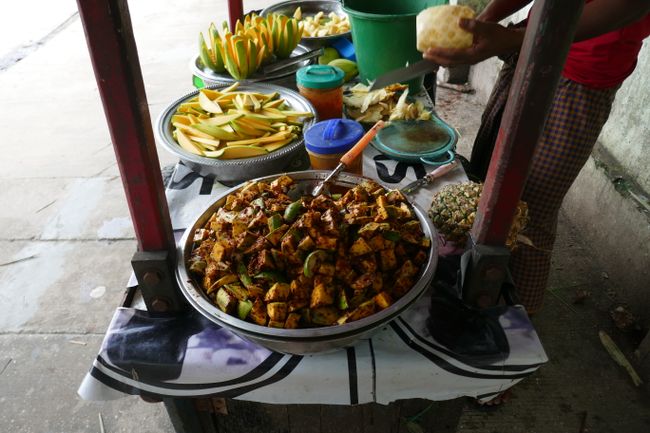
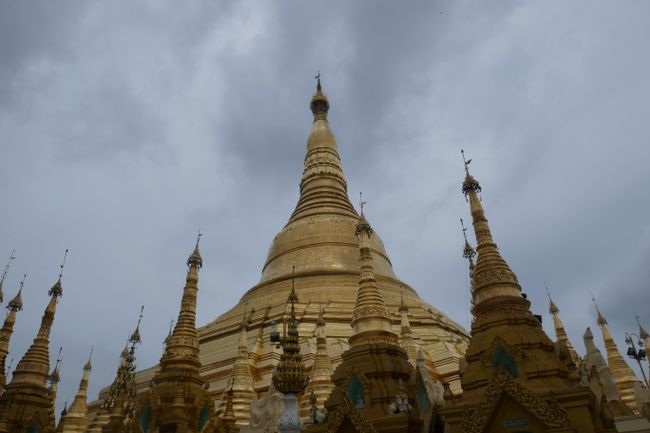
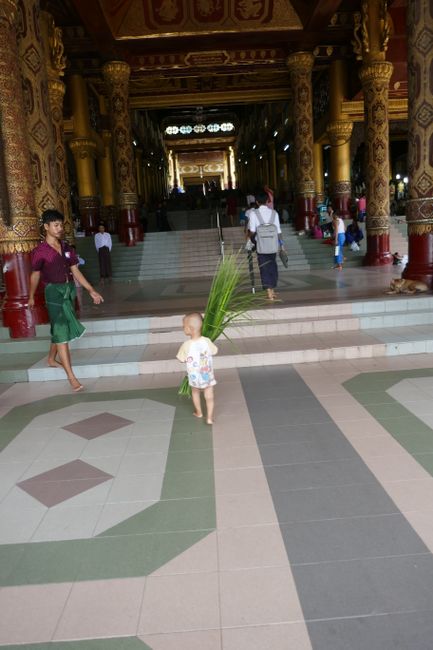
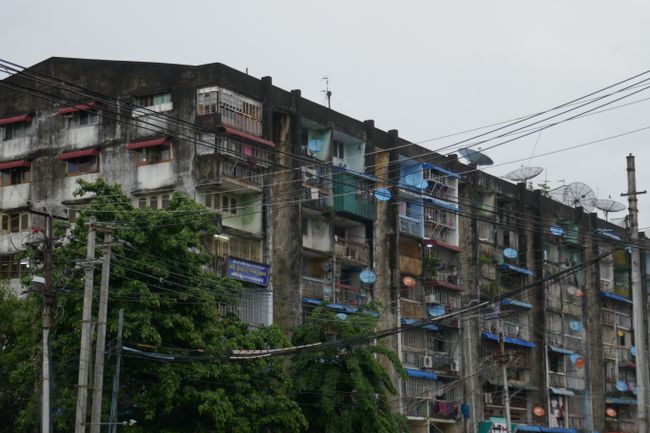
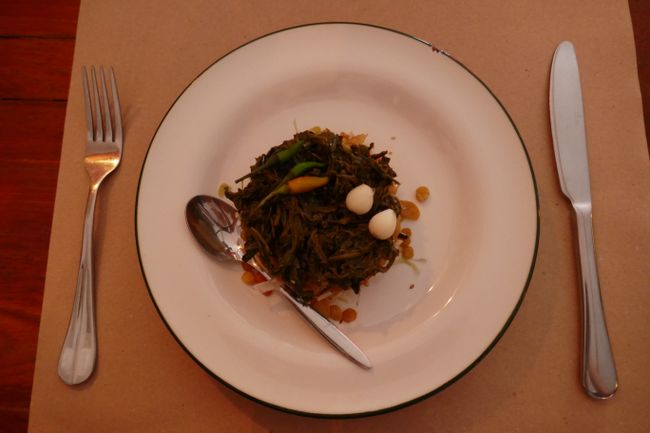
Feliratkozás a hírlevélre
Short route description: We traveled from Laos to the northern half of Thailand and from there to Myanmar, where we will stay for about 10 days, and then to the south of Thailand.
Originally, we planned to cross the border from Laos to former Burma. However, we had to choose the Thai-Myanmar route because, according to information on the internet, it is safer and crossing via Laos could be problematic. Since Thailand is very long and it wouldn't make sense to travel to the south of Thailand and then back up to Myanmar, we decided to split our stay in Thailand. Of course, this carries the risk of being allowed to enter only once in a certain period of time. According to our helper Internet and the Foreign Office, however, it is possible to enter by land and sea twice a year and by flight always...
And besides: no risk no fun! And that was also the case with the entry into Myanmar.
Back then (at home) we applied for an e-visa and had to specify a border checkpoint through which we wanted to enter. It was a land and not an airport check-in that we chose. But now only a flight from Bangkok was an option for us. Since it was the weekend, we could not expect a timely response from the Embassy of Myanmar, so we had to rely on the certainty of our accommodation owner in Luang Prabang (we already booked the flight in Laos) that we could enter Myanmar with an e-visa. Despite this uncertainty, we booked the relatively cheap journey through the clouds. On the morning of the flight day, we arrived on time at Don Mueang, the Bangkok airport - and were the last ones to check in. Why? Um yeah, there was a little problem flying us because of our border checkpoint. While we stood strong with our luggage in a corner for 40 minutes and almost finished planning our plan B (going straight to Nice-Life on one of the Thai islands), the big phone calls started behind the counter. At some point - just in time - we got the "Go!" and had to sign a piece of paper in which we guaranteed to bear all possible costs in case of a return flight or additional costs upon entry. Dramatically, we ran to the gate, as we were told that we only had 5 minutes left for boarding. In the end, however, we found that everyone was still sitting calmly in the seats. That was done.
We flew to Yangon (Rangoon), the "largest and most modern city in Myanmar", formerly Burma, in one hour. We were greeted by a relatively modern airport complex and, most importantly, a problem-free entry into this still unknown country.
In conversations with the American woman we mentioned in previous blog posts, Myanmar is hardly comparable to any other Southeast Asian country. In the news, especially at the moment, you often hear nothing good about the political situation and the situation of certain people in certain regions. A region on the northern west coast is currently completely isolated because the internet has been banned. According to the Tagesschau, the Muslim minority also lives there, which is "brutally killed" by the prevailing Buddhist military - a genocide.
We were really excited to see what we would find and experience there, but we had to lower our expectations after the relatively well-developed Thailand (especially Bangkok) - we were informed about that. However, we could not have anticipated how we would ultimately perceive Yangon.
Before we give you an insight into our experiences through pictures, we would like to share an interesting situation at Yangon airport with you:
There was a tourist desk that we immediately went to after picking up our luggage. The lady behind the counter was very helpful and friendly and gave us the necessary information and many flyers, Myanmar newspapers and maps. Only one important question bothered Nadine: what is the matter with the reports in German media about the "severance of certain regions from the internet"? And another question: what does this have to do with the genocide that is also reported there? Nadine only got around to asking the first question. The lady showed her the affected region without internet but blocked further questions about why this was the case and whether there were any problems in the region, and muttered something like "no no". A shy, almost helpless look flickered across her face and she turned to her colleague and exchanged short Burmese sentences with her. What were they talking about? Since these questions obviously made the ladies uncomfortable, Nadine tried to save the tense situation and asked about the general transport options in Myanmar. The woman was visibly relieved and appeared friendly as usual. However, we said goodbye to her with the feeling of not being welcome at the information desk since asking the question... Strange. Was the situation perceived differently here? Or did we receive different information than the Burmese? Could I no longer ask this question to anyone from Myanmar? Was it a taboo subject? After this conversation, a thousand questions went through Nadine's mind.
But the topic would come up again during our further stay in Myanmar...
The best way to convey our perception of this city to you is through the following pictures:
















Unfortunately, the city was so run-down and despite well-built roads, it felt like we had taken a trip back in time (even though we have already experienced some developing countries). Even though the people were so warm-hearted, we felt a cool atmosphere through the buildings and the dirt of the city.
Feliratkozás a hírlevélre
Válasz

